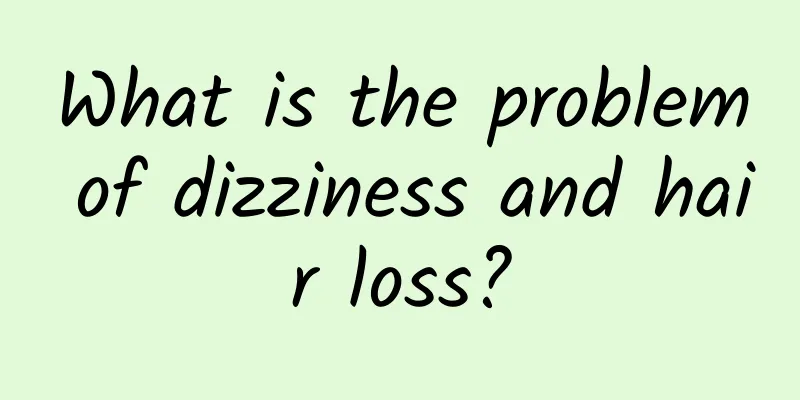Children vomiting and convulsions, three reasons are most worthy of attention

|
Umbilical corde="text-indent: 2em; text-align: left;">If children have symptoms of vomiting and convulsions at ordinary times, parents have to find out the cause of the disease. Generally speaking, there are certain reasons for vomiting and convulsions in children. So, what are the causes of vomiting and convulsions in children? 1. High fever Febrile convulsions account for the highest proportion. High fever is the most common cause of convulsions in children, no doubt about it. The pathological process of febrile convulsions is as follows: because the brain nerves of infants and young children are prone to uncontrolled "discharge", they are far less stable than the brain nerves of adults. The rapid rise in body temperature causes abnormal discharge of brain cells, resulting in sudden unconsciousness, stiff and twitching limbs, foaming at the mouth, drooping eyeballs, blue lips, etc. Febrile convulsions often occur within 24 hours of fever. Most of them are systemic convulsions with a short duration, usually around 15 minutes. Febrile convulsions are common in children aged six months to five years old. In Taiwan, the incidence rate among children under six years old is 3-4%. About 20-40% of children with febrile convulsions have a family history of febrile convulsions. Children with febrile convulsions usually have good energy after a short sleep after the convulsion, unlike those with meningitis, encephalitis or other problems who suffer from continuous drowsiness. 2. Epilepsy Epilepsy usually presents as recurring seizures with brief disturbances in consciousness and sensation. It is mainly caused by the incomplete development of the child's nervous system, which leads to excessive abnormal discharges of the cerebral cortex due to stimulation. When a child has a convulsion due to epilepsy, most of the children will become unconscious, with their eyes closed or half-open, their eyeballs rolled up, their teeth clenched, the corners of their mouth twitching, their head tilted back, their limbs flexing and extending repeatedly, their lips becoming cyanotic, and their bodies becoming rigid, which may last from a dozen seconds to several minutes. Epilepsy is a disease that runs in families. There are various causes of epilepsy in children and the clinical manifestations vary. First of all, we must find out the cause and determine the diagnosis. By choosing appropriate treatment and taking medication on time and in the prescribed dosage according to the doctor's instructions, the condition of most children can be controlled or cured. 3. Tetanus The cause of tetanus is a specific infection following trauma. Neonatal tetanus is often caused by inadequate disinfection of the umbilical cord. The typical symptoms of tetanus are paroxysmal severe spasms based on tonic muscle contraction (muscle rigidity and stiffness). Usually the first muscle groups affected are the chewing muscles, followed by the facial expression muscles, neck, back, abdomen, limb muscles, and finally the diaphragm. The above-mentioned attacks can be triggered by slight stimulation, such as light, sound, touch, drinking water, etc. |
<<: What causes acne around the lips?
>>: What are the foods that regulate the spleen and stomach? These four foods can be eaten regularly
Recommend
What does it feel like to have your period?
What does it feel like when you have your period?...
The principle of hair growth by soaking Platycladus orientalis leaves in wine
Hair loss not only affects your image and tempera...
The efficacy and function of strychnine are really so powerful
Some people think that strychnos nux vomica is po...
How to reduce the swelling of double eyelids quickly
After double eyelid surgery, edema will occur, wh...
What are the changes in weight during ovulation?
We experience an ovulation period every month. Wh...
Garlic for cough
I think everyone should be familiar with garlic, ...
How long does it take for a tear or stitch to heal?
If the pregnant woman's physical condition pe...
Waking up with pain on the inside of the arch of the foot
People rarely pay attention to diseases of the fe...
Dosage of Sophora flavescens
Many people often feel very uncomfortable and hav...
My neck feels a bit swollen
Neck problems are social in nature. Many people a...
Can I eat grapes after taking Chinese medicine?
Nowadays, people often choose to use traditional ...
Where should I apply moxibustion to guide the fire downward?
In traditional Chinese medicine, "guiding fi...
Pregnancy-induced hypertension
We will find that women are very happy during pre...
Can Cordyceps sinensis be eaten in summer?
Generally speaking, Cordyceps sinensis can be eat...
What to do if you only fart but not poop
Many people's stomachs are not very healthy, ...









